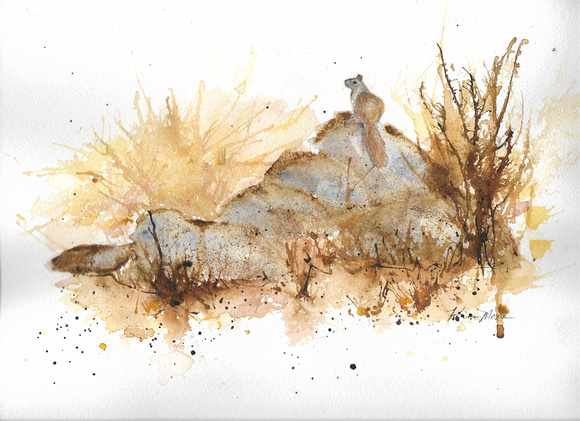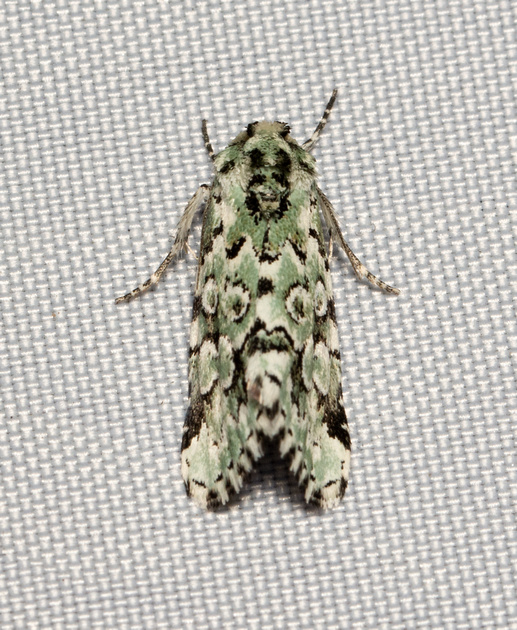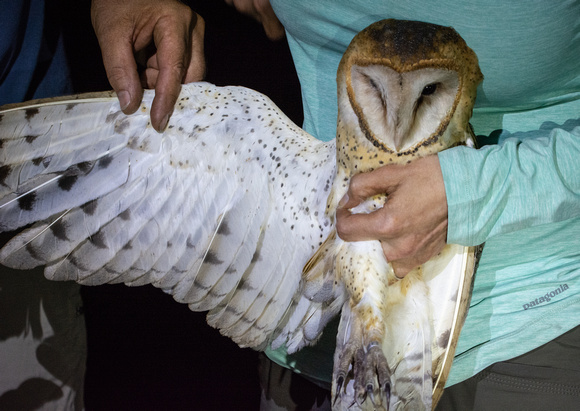Sights of September 2019
I'm a rover
I'm a mover
I'm a midnight lover
You're the cutest thing, That I ever did see: Plover (My apologies to the Steve Miller Band.)
Forget the age old pronunciation debate, they really are 'cute' with large eyes, small bill, and long legs. I got a chance to see several species and look closer at the details. Killdeer (which are plovers) have a red eye. I never noticed before that Semipalmated Plovers have very yellow skin around their eyes. Black-bellied Plovers lose their black bellies in winter. The scientific name of Snowy Plovers is Charadrius nivosus. Nivosus comes from a Latin word meaning snow. I think they should be called C. nervosus, because the way they run willy-nilly on the beach.
I started the month at San Joaquin Marsh in Irvine. I tried to tell myself that it wasn't necessary to chase every MEGA rarity reported to the birding community, but after sleeping in and trying to resist, I went. This bird has been recorded in the state only twice before in California since 2011. I easily found the Common Ringed Plover with a whole lot of paparazzi pointed at it. I had begged off my butterfly count a second month in a row because it was predicted to be very hot. I got to the marsh mid-day. Shortly thereafter some of my friends showed up to see the bird, having just come back from the butterfly survey. I felt a little like a kid getting caught playing hooky!
The Little Blue Heron continued at Madrona Marsh for much of the month. Remember all those dragonflies I had last month? They make tasty snacks. The heron caught them while the male dragonfly lowers the female to the water to lay eggs. The male got away but flew around the heron in an agitated manner, to no avail. An American Kestrel also got lucky. Speaking of dragonflies, I saw a Twelve-spotted Skimmer Libellula pulchella at Madrona. That was a first for me!
I went with a friend to Fairview Park in Orange County to find a special bird, the Chestnut-collared Longspur, that had been found a few days earlier. The area had a maze of narrow trails through tall dead brush. How would we ever find one small drab little brown bird? Some had found it, and others searched for hours with no luck. When we got to the area where the bird had last been seen, there was a serious police man-hunt going on complete with police helicopter and threatening to release the police dogs. We decided to bird in another area of the park until they went away. When we finally made our way back to the area, we came in from the back much further from the spot. As we walked back, I suddenly almost tripped over a little brown bird! Sometimes you just get lucky.
So where are all the warblers? By mid-September they should have been here in greater numbers. I was not the only one remarking on their absence and the absence of birds in general. I started to search more aggressively towards the end of the month, and finally started to see them in low numbers in the final days. At last, White-crowned Sparrows and Yellow-rumped Warblers, which are ubiquitous in winter, are returning, as well as a few migrants and vagrants.
This month I went blacklighting - twice! A friend asked me to explain what blacklighting is. A "blacklight" or ultraviolet light (like from the hippie days) is used to attract insects that are active and flying at night. The lights, powered by a generator, are hung downward from the top of a white sheet. Night flying insects navigate by the light of the moon, keeping it at a constant angle to fly a straight course. Blacklight overpowers the moon, but emits lights all around. The insects get confused and circle it trying to keep a constant bearing. They wind up resting on the sheet. Collectors use this method. We don't collect, but use it to photograph and observe what is in the area.
In the beginning of the month I went to the Muth Interpretive Center at Upper Newport Bay. This was a family friendly event. Although there were only a few insects, they were mostly new to me. The children outnumbered the insects, but they were very excited and well behaved. They pointed out all the smallest insects to me and said "take a picture". They enjoyed seeing them on the back of my camera. Although not an official volunteer, I wound up helping out a fair amount.
At the end of the month I was at my usual Irvine Ranch Conservancy event. There were two events happening at the same time, blacklighting and owl banding. So not only did we see a California Mantis, lots of moths, insects, and tarantulas, but also a Barn Owl close up. The interesting thing about going to two different habitats in the same month, is seeing some different insects. Going to the same habitat, but in different months, I see the seasonal differences.
The wetlands bird survey was at the end of the month, and it too was rather quiet. The highlight was an American Kestral carrying a rat and another Kestrel looking very ratty. The ratty looking one was harassed mercilessly by a large murder of crows.
Follow me on Facebook: https://www.facebook.com/KimMooreNaturalist/
Watch the slideshows or click on the links to look through at your own pace. Links open n a new tab.
Enjoy the show! I always appreciate corrections to ID's.
Local stuff: https://kimssight.zenfolio.com/new_sep_2019
Upper Newport Bay Blacklighting: https://kimssight.zenfolio.com/upper_newport_jul-2019
Irvine Ranch Blacklighting: https://kimssight.zenfolio.com/irc_night_sep_2019
Wetlands Bird Survey: https://kimssight.zenfolio.com/hellman_sep-2019




